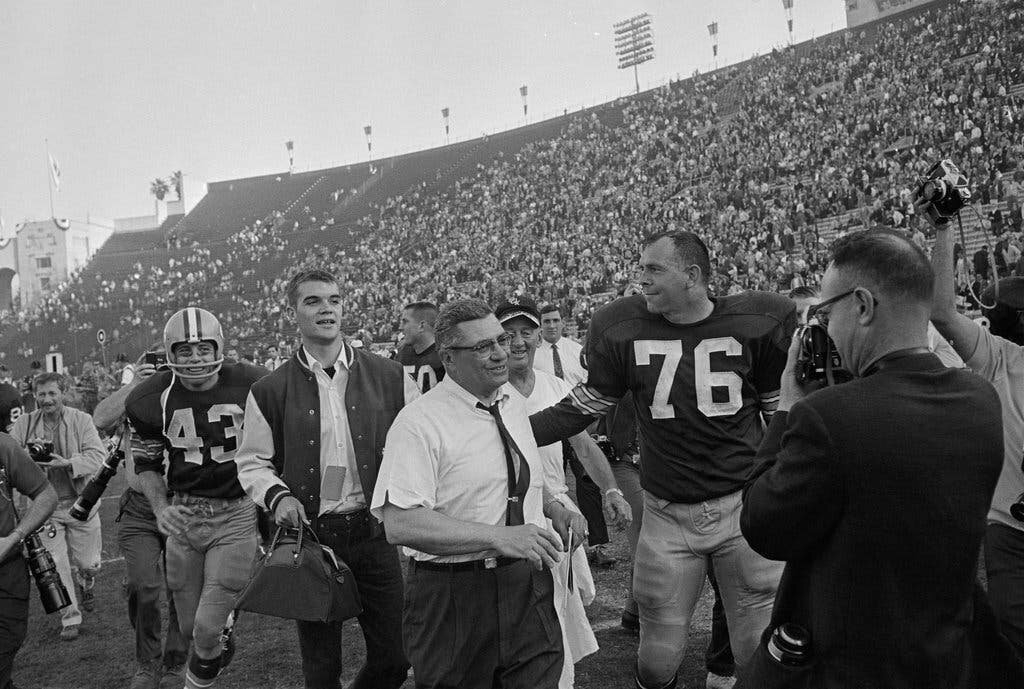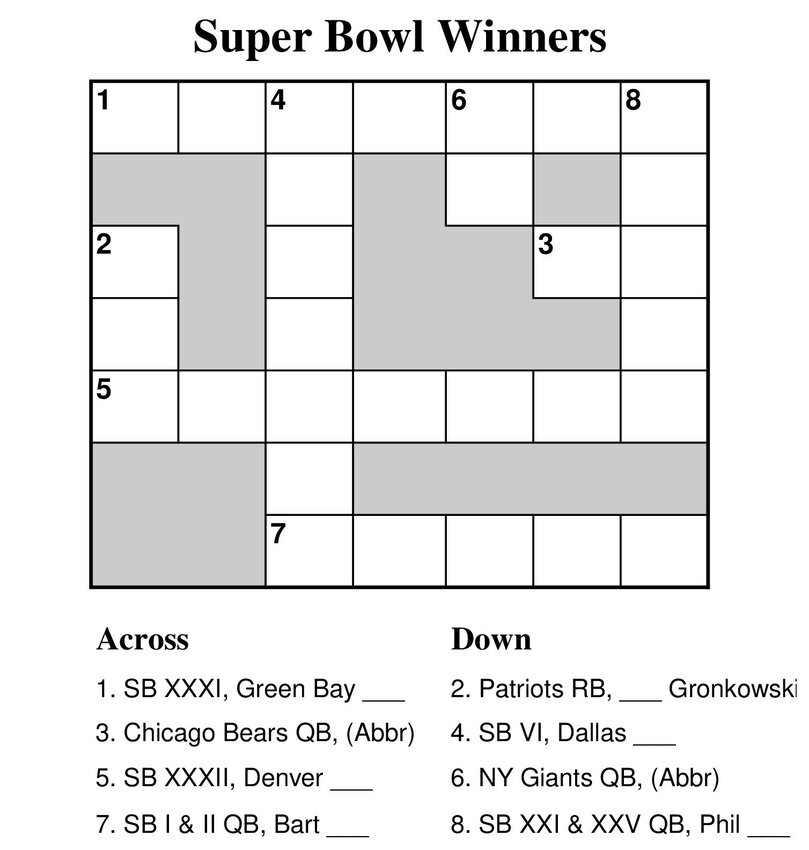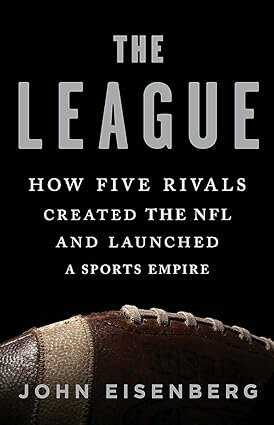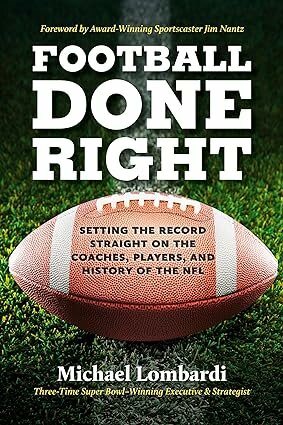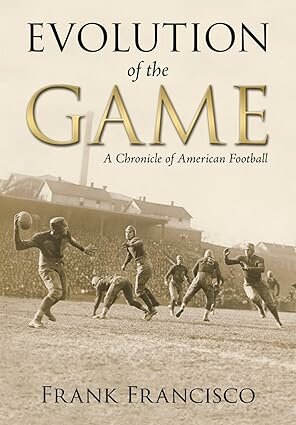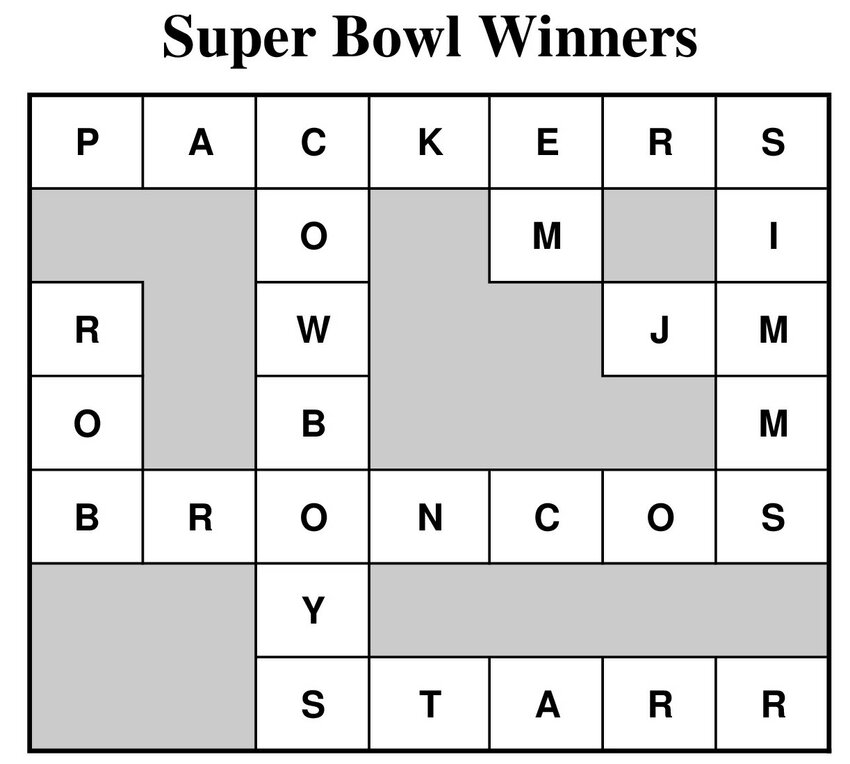The First Super Bowl...Less Than Super
Fan Apathy, empty seats, and deleted tapes
Officially called the “AFL-NFL World Championship Game”, the first Super Bowl was little more than an inconsequential game fought between two league rivals, the established National Football League (NFL) and the upstart American Football League (AFL).
Since its origins in 1920, the NFL had managed to fend off a revolving door of competing leagues, most of whom ran into financial barriers before they could seize a slice of the pro football market.
But starting in 1960, a reincarnated AFL that was bankrolled by Lamar Hunt, the son of a Texas oil tycoon, began to nip at the heels of the NFL. Within 6 years, it succeeded in forcing a merger with its older sibling, creating a single football behemoth with 2 conferences.
In a clash of owner egos and league loyalties, the inaugural faceoff between the bitter foes on January 15, 1967 became the launching pad for the modern-day Super Bowl.
The AFL and NFL announced their merger to the public on a summer evening in 1966. Team owners from both camps negotiated the deal and commissioner Pete Rozelle endorsed it.
The term ‘Super Bowl’ and the eponymous roman numerals didn't appear until the merger was crystalized in 1970. But until then, as part of the arrangement, the two organizations agreed to hold an annual match between the champions of each side.
The NFL and its traditional supporters at media outlets such as CBS and Sports Illustrated had finally buckled to Hunt and his wealthy franchise cohorts.
A businessman and heir to his father’s fortune, Hunt was previously denied an NFL team of his own. He subsequently went off and launched a new league, which opened up new football properties where the NFL was absent such as Boston (Patriots), Buffalo (Bills), Denver (Broncos) and Houston (Oilers).
BUY- 'The League: How 5 Rivals Created the NFL and Launched a Sports Empire' (1,087 ratings)
Though the NFL was outdrawing the AFL in gate receipts, the AFL was able to outbid its rival for talent on the gridiron.
College stars like Alabama’s quarterback Joe Namath joined the New York Jets for a record $427,000 and USC’s Heisman Trophy winner, Mike Garrett, skirted the NFL and ended up with the Kansas City Chiefs.
By 1965, the young league was boasting 8 franchises and a $36 Million, 5-year TV contract with NBC.
The first teams to face off in what eventually became America’s greatest sports extravaganza were the Green Bay Packers (NFL) and the Kansas City Chiefs (AFL).
Tensions ran high as the day of contention approached in the early winter of 1967. Not only had the Packers and Chiefs never played each other before, but Hunt, the founder and force behind the AFL, was also owner of the Kansas City Chiefs.
Led by their head coach Hank Stram, KC posted a record of 11-2-1 and beat the Buffalo Bills 31-7 to receive an invitation to play at the inaugural AFL-NFL World Championship Game.
BUY- 'NFL100: A Century of Pro Football' (2,084 ratings)
No stranger to building a successful team, Stram had clinched the AFL title back in 1962 as Head Coach of the Dallas Texans before joining the Chiefs and flipping their sub-par performance.
Coached by the venerable Vince Lombardi who never experienced a losing season in the pros, Green Bay had topped the league with a season best of 12-2 before dispatching the Cowboys 34-27 at the NFL Championship.
Before Lombardi assumed the helm at Green Bay (1959), the franchise had posted an NFL worst record of 1-10-1. By the time he took on the Chiefs, the legendary coach would turn the team around and secure 4 NFL titles.
OUR FREE WEEKLY NEWSLETTER, OR JUST $30/YR WITH ARCHIVES, APP & AUDIO
Despite the Packers being favored by 13½ points, Lombardi and his dynastic squad were under enormous pressure by the NFL to outperform Hunt. More than just a game, at stake were league politics and the future direction of American football.
Six weeks before kickoff, almost as an after-thought, the Los Angeles Memorial Coliseum was hastily selected as the venue for the match. In the week leading up to game day, the Packers practiced at UC Santa Barbara while the Chiefs were at Veterans Field in Long Beach.
Tickets for the showdown ran between $6 and $12, but only 2/3 of the stadium’s 93,000 seats were filled. The 75-mile radius TV blackout around Los Angeles also angered residents who found the top-tier stubs too expensive.
Fan apathy was evident as more spectators (72,416) had showed up a month earlier to watch the Packers versus the LA Rams in the final game of the regular season.
On the field, having played in separate leagues with some nuanced differences, the two adversaries arrived with their own balls. Kansas City used the AFL’s narrow and ¼ inch longer Spalding football that threw better, while Green Bay played with the NFL’s fatter Wilson ball that was more kickable.
While the head referee was an NFL veteran, the rest of the crew was comprised of mixed NFL and AFL officials.
Both leagues were also followed by their respective broadcasters, a media rivalry in its own. CBS telecast the NFL, while NBC covered the AFL. On the ground, their TV trucks were even separated by a fence as they simultaneously transmitted the action on the ground.
Kickoff was at 1.15 pm PST on a balmy 72-degree day. The cost for a 30-second commercial was $42,000 and the half-time show featured trumpeter Al Hirt and the marching bands from the University of Arizona and Grambling College.
In the first quarter, Green Bay jumped to an early 7-0 lead with a 37-yard touchdown pass from QB Bart Starr to reserve receiver, Max McGee. KC tied in the 2nd quarter with a short toss from QB Len Dawson to Curtis McClinton.
A 14-yard run into the endzone by Jim Taylor widened the lead for the Packers, though it was cut by the Chiefs’ 31-yard field goal, which closed out the first half at 14-10 in favor of Green Bay.
The 3rd quarter saw 2 more touchdowns by the Packers- an interception by Willie Wood who ran the ball 50 yards to KC’s 5-yard line before Elijah Pitts rushed the ball into the endzone, and another 13-yard reception by McGee.
BUY- 'Evolution of the Game: A Chronicle of American Football' (54 ratings)
Going into the 4th quarter, KC had no answer for their opponents as Pitts made another short dash for a touchdown. In the end, the Packers defeated the Chiefs 35-10.
Len Dawson, who led both leagues the previous years in scoring passes, managed only one touchdown throw with 16 of 27 completions and 211 yards. Bart Starr earned the game’s MVP award with 2 touchdowns and 16 of 23 successful tosses on 250 yards.
By the time it was all over, Lombardi’s Packers played a better game but the spotlight was on the NFL, which emerged triumphantly in the inter-league battle for football supremacy.
With time, the key figures and players in the NFL-AFL consummation were all inducted into the Pro-Football Hall of Fame: Lombardi (1971), Starr (1977), Rozelle (1985), Dawson (1987), and Stram (2003).
Assigning little importance to the match and its value for posterity, both NBC and CBS deleted their tape footages. It was common practice in the television industry back then to re-use tapes because of the high costs of procuring new ones.
With the help of NFL Films, it wouldn’t be until 2016, or 49 years later, when all the available film fragments were finally sourced and stitched, and the historic game remastered in its entirety.
OUR FREE WEEKLY NEWSLETTER, OR JUST $30/YR WITH ARCHIVES, APP & AUDIO

